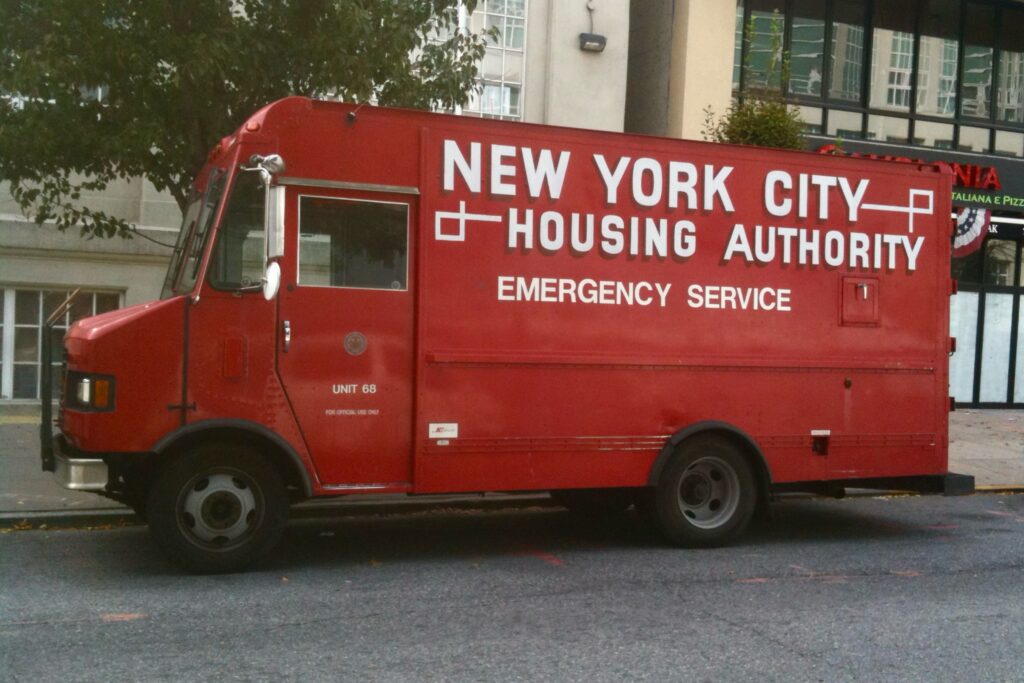On Dec. 5, the New York City Council voted to allow the construction of tiny homes or an extra apartment on some property owners’ lots and other reforms aimed at increasing housing access.
According to Business Insider, similar initiatives have been enacted nationwide, increasing renters’ affordability.
Accessory dwelling units (ADUs) have been touted as a potential solution to America’s housing shortage, as prohibitive zoning laws often prevent new single-family homes from being built.
ADUs also boost property values and become an additional source of income for property owners who construct them on their properties.
However, they can be expensive to build. Construction of some types of ADUs can cost between $60,000 and $285,000, and housing regulations in some cities can hamper the development
of alternative housing projects, raising the cost of development further. Although there has been an ADU boom since 2022, it isn’t easy to quantify precisely how effective the housing reforms have been because the developments are so recent.In addition, restrictive local land-use laws, permitting, or other regulations often prevent ADUs from being built, even in states that have opened up to their construction.
New York’s reforms are an offshoot of the YIMBY (Yes In My Backyard) movement, which Rep. Alexandria Ocasio-Cortez (D-NY) argued support for alongside Sen. Tina Smith (D-MN) in a September op-ed for The New York Times.
The op-ed extolled the virtues of social housing and featured plans for rent-controlled homes and homes set aside for lower-income families, essentially allowing housing co-ops.
“Because we believe that housing is a human right, like food or healthcare, we believe that more Americans deserve the option of social housing. That’s why we’re introducing the Homes Act, a plan to establish a new, federally backed development authority to finance and build homes in big cities and small towns across America,” the politicians explained. “These homes would be built to last by union workers and then turned over to entities that agree to manage them for permanent affordability: public and tribal housing authorities, cooperatives, tenant unions, community land trusts, nonprofits, and local governments.”
According to Vox, the housing shortage has failed primarily first-time homebuyers, renters, and poor people.
Because of this, some of the pitched battles between proponents of YIMBYism and NIMBYism have come to resemble the civil rights debates of the 1960s.
YIMBYs want the federal or state governments to override local laws to expand homeownership to those who have been historically locked out, while NIMBYs resist this expansion.
According to Jerusalem Demsas, the author of On The Housing Crisis, transforming the state of housing in America will likely require state action, not local action.
“The core thing that needs to happen in order to address the housing crisis is that we need to move the levers of power from the local to the state level, and there are a lot of ways that people can push for that,” Demsas told The Urbanist. ”I think the most important thing is really getting involved in state
politics and trying to make building more housing a core ask of your elected officials. I think a lot of this is going to happen in state houses around the country. There’s a lot that people can do at the local level, but when we’re talking about solving a housing crisis that spans regions, it’s going to take much more significant action.”RELATED CONTENT: Thousands Of New York Public Housing Units Left Vacant Despite Housing Crisis In NYC


